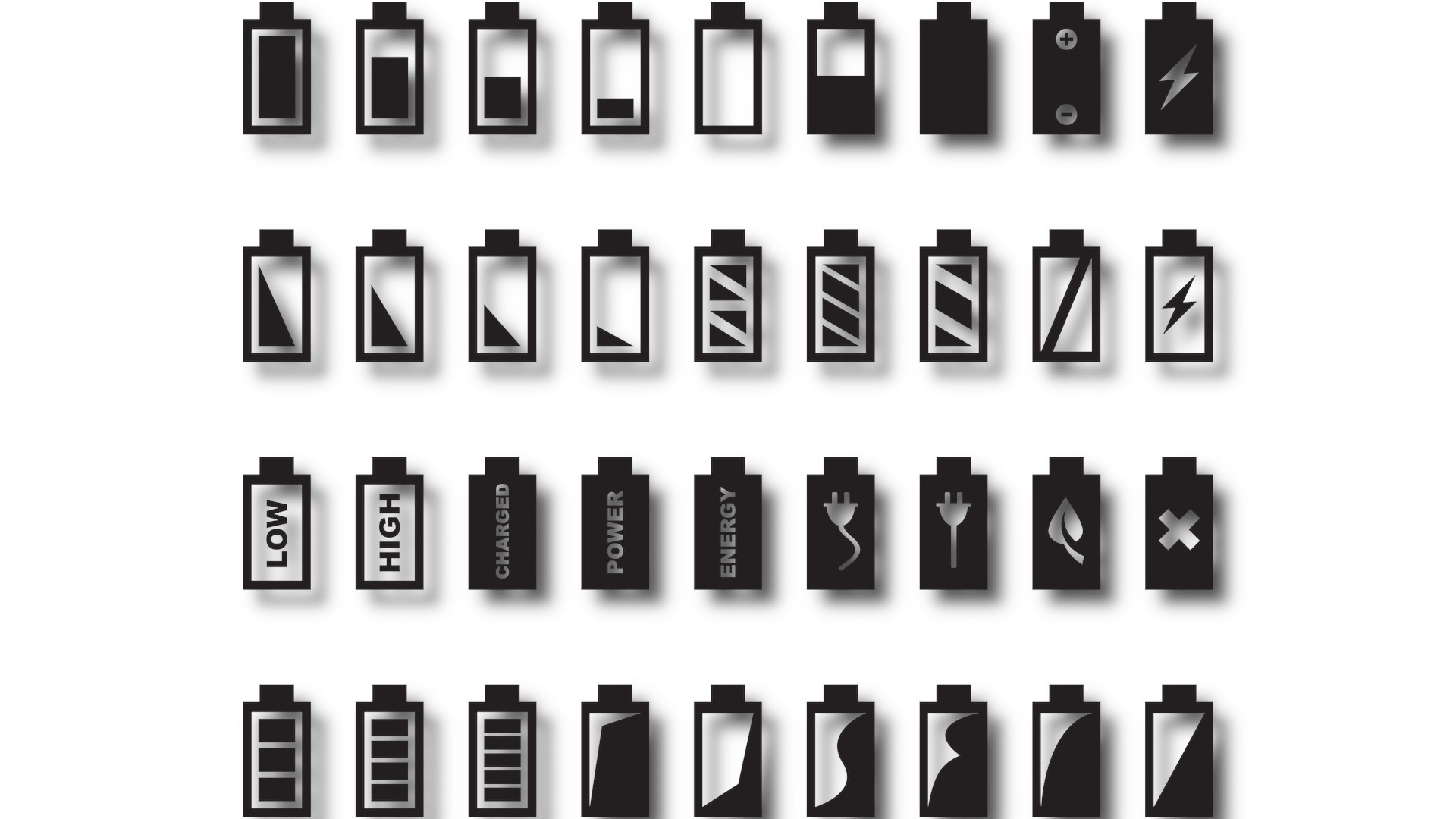Almost everyone knows them: lithium-ion batteries. Batteries of this type are installed in most electronic devices. But lithium-ion batteries have a serious disadvantage: their capacity is very limited. For large energy consumers, such as e-cars, very large batteries are required, which take up a lot of space and are correspondingly heavy.
Therefore, alternative batteries that can hold more power in more compact sizes than lithium-ion batteries are actively being researched.
Stable for over 1000 charging cycles
a in a study The novel battery presented with a lithium-air electrode appears promising. In laboratory tests, the battery retained 100 percent of its capacity over 1,000 charge cycles. The energy efficiency of the battery, i.e. the energy that is not converted into heat during charging and discharging and is thus lost, was 93 percent and fell by five percent to 88 percent over the 1,000 charging cycles. Current lithium-ion batteries have an energy efficiency of more than 95 percent.
In the future, Macbooks could perhaps become even thinner.
However, the energy density of the new battery is higher than that of lithium-ion batteries. The new battery could store 685 watt hours per kilogram. Many lithium-ion batteries only deliver an energy density of 170 to 240 watt hours per kilogram.
The higher energy density means that smaller batteries are possible, which could make smartphones even thinner or drive cars with smaller batteries, for example.
The new battery technology uses oxygen
Lithium-ion batteries store electricity in electrode material such as graphite. Storing electricity therefore requires a relatively large amount of space, which means that large power consumers such as electric cars require very large batteries.
In order to circumvent this restriction, research is being carried out into alternative storage options for electricity. One possibility that has already been tested is the storage of electricity in the ion exchange of lithium and oxygen. In order for the lithium to react with oxygen, the electrode’s support material must have small pores through which the oxygen can reach the lithium electrode.
E-cars in particular would benefit from a lighter battery.
However, the material in which these pores are located must not react with the components of air, such as water vapour, because otherwise the pores will clump together and the battery will stop working after a few charging cycles. So far, no lithium-air battery has been able to solve this problem.
A new kind of battery
However, the new battery seems to have gotten this problem under control. It uses a lithium-air electrode and a lithium-metal electrode. The researchers used a water-repellent component for the porous support material of the lithium-air electrode. This component contains tri-molybdenum phosphide, which can split the water in the air into hydrogen and oxygen. This keeps the pores from clogging.
Small AA cells could have higher capacities in the future.
The lithium-metal electrode and the lithium-air electrode sit in an electrolyte that is solid at room temperature and contains small channels through which ions can move. Due to the structure of the electrolyte, the lithium-air electrode is supplied with air.
However, it will still take some time before the technology is ready for the market, as the new type of battery has only been tested in the laboratory so far. In addition, the battery still has to be tested for more than 1,000 charge cycles in order to be able to compete with the 4,000 charge cycles of a lithium-ion battery.
If you are interested in further innovations, please have a look here:
The craziest announcements of CES 2023: You have to see it with your own eyes, otherwise you won’t believe it
In this article we have summarized the strangest innovations presented at CES 2023 for you.
What do you think of the presented battery technology? Could it be that electric cars will become lighter in the future because the built-in battery is getting smaller? Feel free to write your opinion in the comments.












